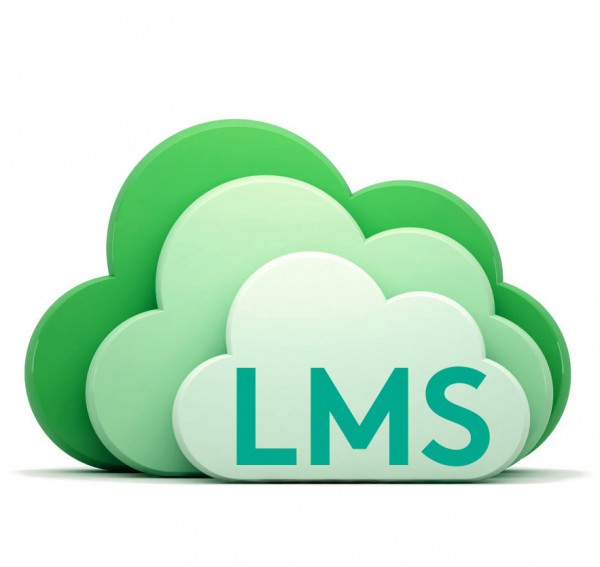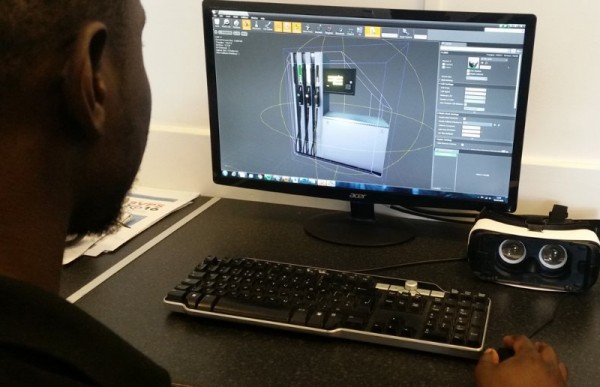It's often difficult to know where to begin with E-Learning. Is it still really dull and clunky? Why should an organisation consider it? And how would I implement it?
What’s in a name?
E-Learning or digital learning is one of the most effective ways to deliver training to staff. It can have various names including online learning, computer learning and a combination of spellings including eLearning, e-learning, E-learning, Elearning, E-Learning, ELearning…(you get the point).
Whatever the term or spelling, it’s really about improving learning through the use of technology and digital platforms.
Businesses save at least 50% when they
replace traditional instructor-based
training with e-Learning.

How is it delivered?
To begin with digital learning requires content. Course content typically comes in the form of “ready to go courses” that are predesigned off-the-shelf courses or bespoke content which is tailored to specific client needs and better fits their organisation’s unique culture. This content needs a home and it sits on what’s called a Learning Management System (LMS). The front end of the LMS provides a learning portal for employees to take courses and the back-end that allows an admin to manage training across an organisation and provides analytics and reporting functions.

What devices can be used?
Digital Learning has gone beyond the days of PC’s in a corner. Today content is delivered via laptops, tablets and mobile devices using html5 content rather than flash. Mobile apps are increasingly playing an important part of how learning is consumed in the workplace and the gamification of training is growing at a rapid pace.
Olive Learning is pushing the technological boundaries even further by bringing learning development to a virtual environment using technologies such as Oculus Rift headsets.
What are the benefits?
Numero Uno: Cost Savings
Costs are saved because courses are shorter, external trainers costs are reduced, travel and accommodation expenses are removed and print/admin fees are no longer an issue. For example, British Telecom delivered e-Business training to 23,000 employees in three months at a cost of £5.9m, compared to £17.8m and a five year time span for classroom training (Evans, 2013)
Reduce training time, without cutting corners
Typically a 4 hour classroom module results in about a 1 hour eLearning course. Which must mean the learner is losing out if it’s so much shorter? No, not quite. Learner compression typically reduces the time it takes to learn due to: time elimination from other learners asking questions not relevant to the needs of the individual learner, less social interaction time, less time to start and conclude a lesson, and less travelling time.
The Hudson Institute of Indianapolis has reviewed 20 years of research on e-learning and found an average of 40% time reduction. IBM, after rolling out an eLearning program for managers, found that participants learned nearly five times more material without increasing time spent training (Epic Performance Improvement, 2011). E-Learning can take anywhere from 25-60% less time to convey the same amount of instruction or information as in a classroom (Rosenberg, 2001).
Keep your staff onsite
One of the biggest advantages of e-Learning is its convenience. Staff can take courses from the workplace or at home so no travelling is involved. This means that hours aren’t wasted getting to and from training centres and staff can concentrate on their work during working hours. This facilitates a reduction in cost as it cuts out both travel and accommodation expenses.
Retention, Retention, Retention
The Research Institute of America found that the e-learning experience increases the retention rate of learners by anywhere between 25-60% (W.R. Hambrecht & Co, 2001). There are a number of reasons why this might be. Learners can choose to do courses in their own time, they can go at their own pace, there is less social interaction time and course menus and navigation means that users can go back and forward to parts of the course they might be weak on.
No more admin*
Learning Management Systems (LMS) are eliminating many of the problems associated with traditional training. There is a major reduction in administration costs as admins/managers can manage all of their employees training digitally. They can run reports to see who has taken a course, what their progress is and check their score results online. Engagement and employment forms are now all digitised.
Keep it consistent
We’d love for all learners get a consistent message every time they step into a learning scenario. This is not always true of a classroom where there are trainers with a different levels of experience, styles or personalities plus the various circumstances (personal, social etc.) affecting the performance of a training professional on any given day.
Ready for audit time
Reporting functions on Learning Management Systems provide for clear transparency of learners achievements and records (course activity, grades, certificates etc.). This means that if an inspector arrives there is proof of when and how the training was carried out. Reporting functions are especially useful in removing the risk of employees not being adequately trained (as users can be prompted to continue course etc.) and helps keep companies compliant.
Boost your Business Opportunities
E-Learning can help increase potential for tender wins. Because it is accessible, reliable and efficient, training can occur promptly and at any time. This means new staff or contractors can be trained quickly. It also means that your organisation ticks more compliance boxes which makes your organisation more cost-effective, safety-conscious and forward thinking.
Mother Nature will love you
There are some obvious environmental benefits to e-learning. But instead of listing them all out, we will leave you with a staggering statistic on the environmental impact it has (or doesn’t have, should we say) – “Online training drastically reduces the impacts on the environment due to reduced travel and administration consuming up to 90% less energy and up to 85% CO2 emissions than equivalent traditional courses” (Kenblanchard, 2014).





